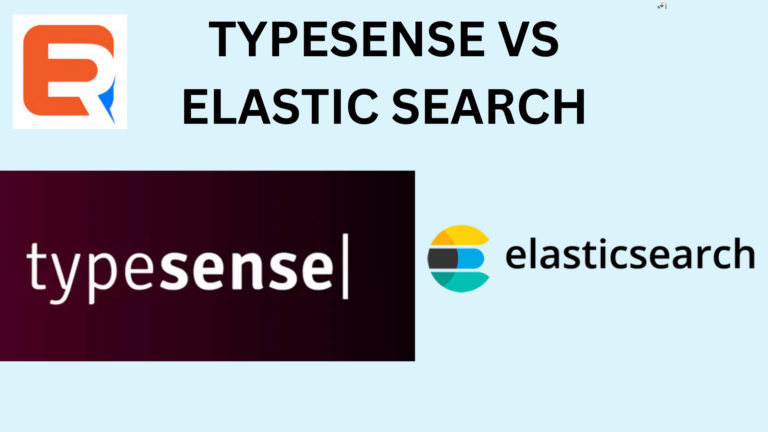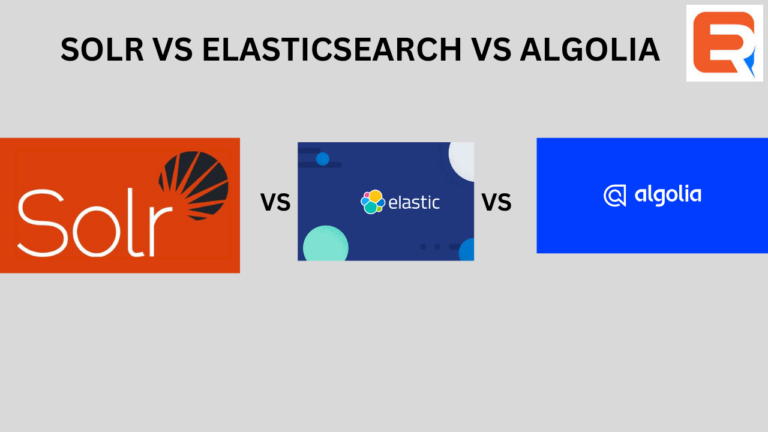When it comes to search engines, Typesense and Elasticsearch are two popular options that provide powerful search capabilities. Each platform has its own strengths and features, making them suitable for different use cases. In this article, we will compare Typesense and Elasticsearch, exploring their key differences and helping you determine which one might be the right choice for your specific needs.
Overview:
Typesense is an open-source, fast, and typo-tolerant search engine designed for powering search experiences in applications. It aims to provide a developer-friendly and easy-to-use search solution with excellent performance. On the other hand, Elasticsearch is a distributed search and analytics engine built on top of the Lucene library. It offers a wide range of advanced features, including distributed search, data replication, and real-time analytics, making it suitable for large-scale applications.
Performance and Speed:
Typesense is built with a focus on performance and speed. It provides near-instantaneous search results and performs well even with large datasets. Typesense achieves this by using an optimized search algorithm and a memory-first architecture, which enables it to deliver fast responses. Elasticsearch, being a distributed system, also offers impressive performance and can handle massive amounts of data efficiently. It provides horizontal scalability and can distribute data across multiple nodes for faster search and retrieval.
Ease of Use:
One of the standout features of Typesense is its simplicity and ease of use. It offers an intuitive API and a clean, user-friendly interface that makes integration and setup straightforward. Typesense’s documentation and developer experience are highly praised, enabling developers to quickly get started and achieve results. Elasticsearch, on the other hand, has a steeper learning curve due to its comprehensive feature set. While it offers extensive configuration options, this can be overwhelming for beginners. However, Elasticsearch provides extensive documentation and an active community, which helps users navigate the learning process effectively.
Scalability and Distributed Architecture:
Elasticsearch’s distributed nature allows it to scale horizontally by distributing data and operations across multiple nodes. It supports sharding, replication, and automatic rebalancing, making it suitable for handling large-scale applications and high traffic loads. Elasticsearch provides robust clustering capabilities and can handle petabytes of data efficiently. Typesense, although not specifically designed for massive scalability, can still handle significant amounts of data. However, it may require additional architectural considerations and optimizations for large-scale deployments.
Search Features:
Typesense provides essential search features, including full-text search, filtering, faceting, and typo tolerance. It focuses on simplicity and ease of use, making it a great choice for applications that require fast and relevant search results. Elasticsearch, with its extensive querying capabilities, offers a broader range of search features. It provides powerful full-text search, relevance scoring, fuzzy search, complex aggregations, and geospatial search. Elasticsearch’s flexibility and rich feature set make it ideal for complex search scenarios and specific use cases that require advanced functionality.
Community and Ecosystem:
Elasticsearch has a well-established community and ecosystem due to its longer existence. It offers a vast array of plugins, integrations, and tooling support, making it highly extensible. Elasticsearch’s extensive ecosystem provides solutions for various requirements and use cases. Typesense, as a relatively newer project, has a growing community and is gaining traction. It benefits from being open source, allowing developers to contribute and expand its ecosystem over time.
Conclusion:
Choosing between Typesense and Elasticsearch depends on your specific requirements and project scale. If you prioritize simplicity, speed, and ease of use for smaller to medium-sized applications, Typesense is an excellent choice. It offers fast search results, an intuitive API, and an enjoyable developer experience. On the other hand, if you require advanced distributed capabilities, extensive search features, and a robust ecosystem for large-scale applications, Elasticsearch is the more suitable option. It provides scalability, flexibility, and a wealth of functionalities to handle complex search requirements.
Ultimately, the decision between Typesense and Elasticsearch should be based on your project’s needs, performance expectations, and desired feature set.




